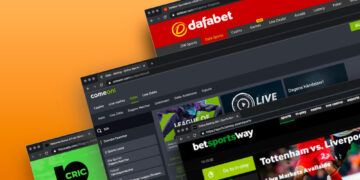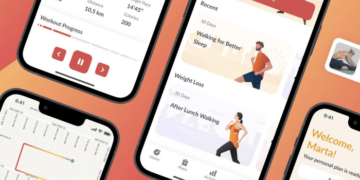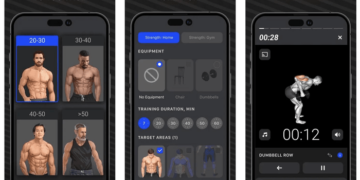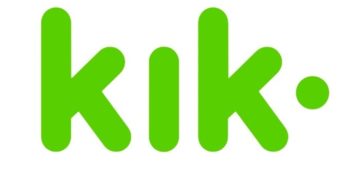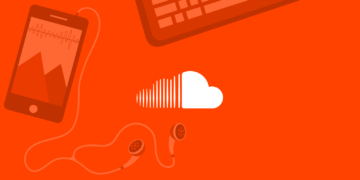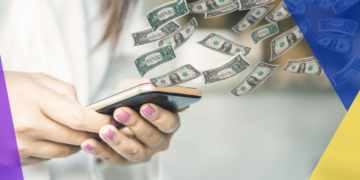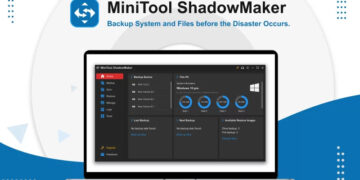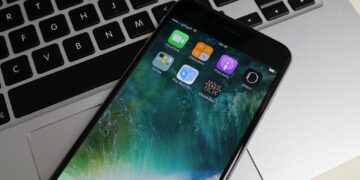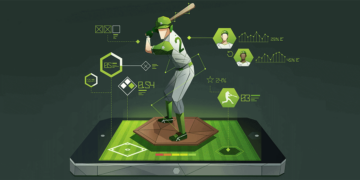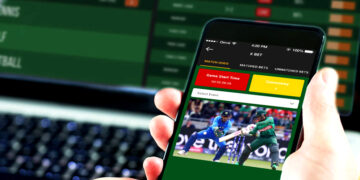Data breaches have become a fact of life. These days we are constantly hearing about the increasing frequency of data breaches and the growing need for internet users to protect themselves. The stories we hear in the media can be so terrifying that it can make you wonder whether you should use the internet at all. But what is so fascinating in your data? And what happens to your data after a breach?
In this article, we look at data breaches and how they happen. We also look at how you can protect yourself by using useful tools like this site unblocker alongside other measures. Keep reading to understand the threat of data breaches and how to stay safe while using the internet.
What Is a Data Breach?
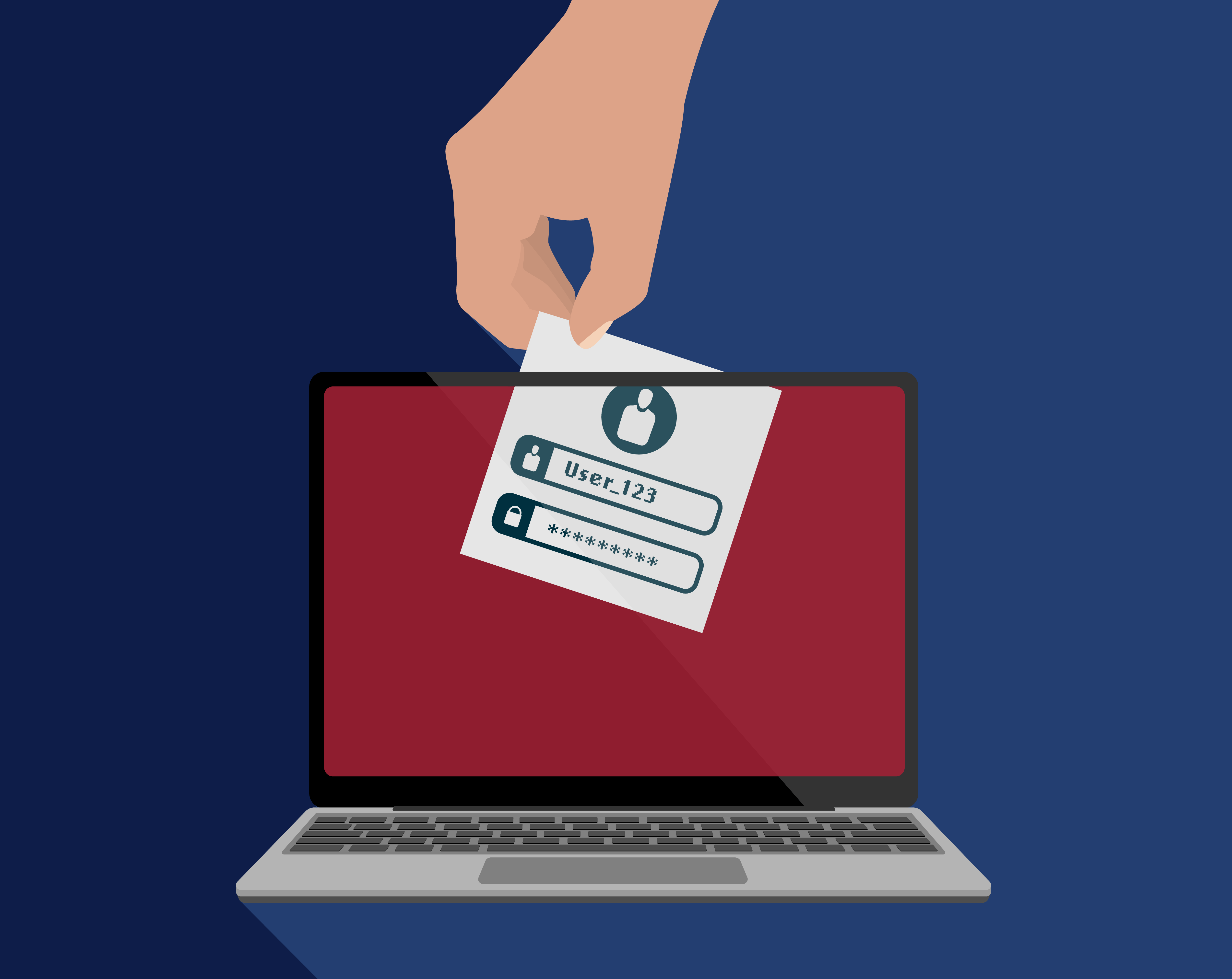
A data breach is the term given when private, sensitive, or protected information is shared with an unauthorized person. In many cases, this happens accidentally. For example, an employee may send a client data list to the wrong recipient, potentially leaking sensitive information. However, this type of breach is usually not malicious and can be fixed relatively easily with clear communication and further employee training.
However, most of the big breaches we hear about aren’t due to employee error. Unfortunately, there is a lucrative market for certain types of data. Businesses buy data to improve their marketing strategies. But it’s not only businesses that are interested in your data. Hackers and other cybercriminals might also have other plans for your information.
Hackers and cybercriminals will use various methods to get their hands on valuable data. This includes:
- Exploiting vulnerabilities in companies’ security
- Stealing credentials
- Malware
- Phishing attacks
- Social engineering attacks
- Brute force attacks
- Physical attacks such as theft
Where Does the Stolen Data Go?
This is where the mystery comes in – where does your data go after a breach? The answer depends on the type of breach, as well as the type of information collected. As we mentioned, accidental breaches sometimes occur, but the data can usually be retrieved and secured reasonably easily in these cases.
However, in a malicious attack or breach, there are several places your data can end up. If it’s a database containing personal contact information such as telephone numbers and email addresses, companies might buy this information for their marketing strategies. Have you ever wondered why you get so many spam calls or emails when you’ve never contacted the company? This is why.
Then there’s the darker, more sinister underbelly of data breaches. In these situations, the stolen data might be shared on forums or sold on the dark web. In these cases, the use of your data might be used for more serious things than marketing. It could be used to commit identity theft and gain access to more secure systems or platforms such as your Internet banking. It can also be used in ransomware attacks and similar malicious activities.
Some Recent Big Data Breaches
Over the years, there have been a number of significant data breaches. This just goes to show that no one is safe, and anyone can become a victim – even large companies with advanced security measures. Here are some of the most notable breaches that occurred in June 2023:
- MOVEit – Currently affecting millions of accounts, and it’s still ongoing.
- ChatGPT – Leaked 101K user credentials and caused by malware on users’ devices.
- UPS – The number of people affected has not been released, and the attack was caused by an sms phishing scheme.
- Reddit – A cyber attack stole 80GB of confidential data containing account credentials.
How Can You Protect Yourself From Data Breaches?
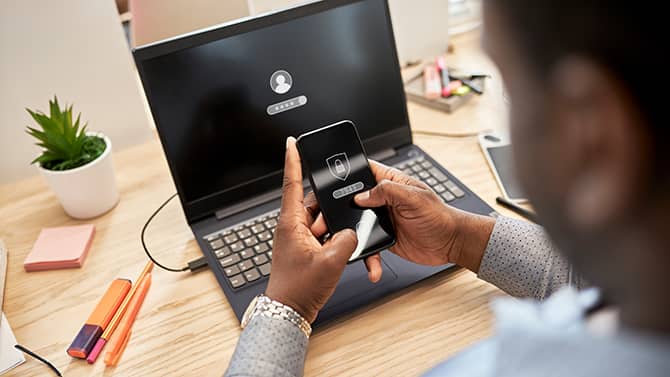
All of this might sound quite intimidating, especially considering that, in many cases, you’re relying on other businesses to protect your data. This might make you feel a little helpless, but there are ways that you can still protect your data and minimize the chances and effects of a data breach.
Proxies and VPNs
Proxies and VPNs offer excellent data protection. VPNs encrypt your data, whereas proxies hide your data behind a server and secure IP that’s not linked to your device. Proxies also come in a range of uses that offer even more protection for your specific use. For example, a site unblocker offers all of the protection of a rotating proxy while still being able to unblock any site. This site unblocker is very useful if you want to access geo-restricted content, enable automation processes, and still ensure your data is protected.
Strong Antivirus and Anti-malware Protection
Malware can lead to data breaches, as we saw in the recent ChatGPT breach. As such, you need to make sure you have a powerful and reliable anti-malware program to protect all of your devices. Alongside this, you also need to ensure that you keep the tool and all other programs updated to ensure the best protection.
Secure Logins and Multi-Factor Authentication
When creating accounts, make sure that you always use unique and strong passwords. Don’t use the same login details across multiple accounts. Also, whenever possible, enable multi-factor authentication. This is especially important on platforms containing sensitive information, such as banking apps.
Final Thoughts
Data protection is more important than ever before. If you receive a notice that you might be implicated in a breach, make sure to take immediate action. If you want to check if you’ve been involved in a breach for yourself, you can use Haveibeenpwned. This tool can show if your email address has been involved in any breaches. If you have been involved, check your accounts, change your passwords, activate two-factor authentication, and take any other measures to protect your data.





